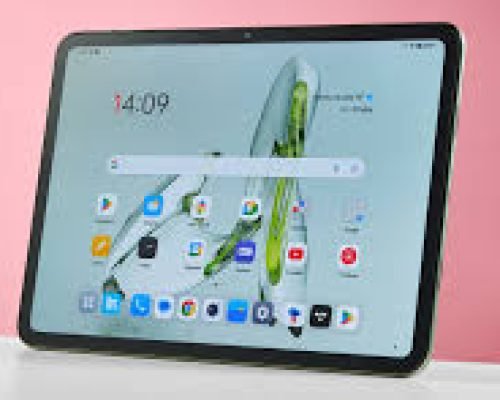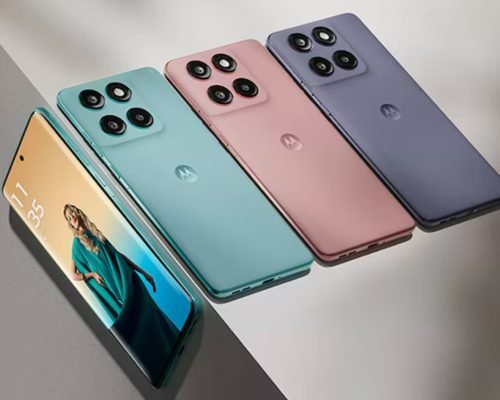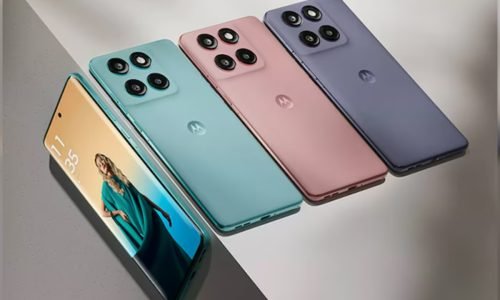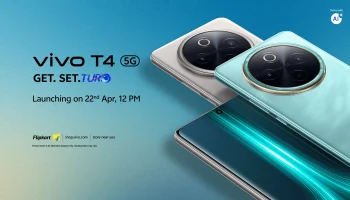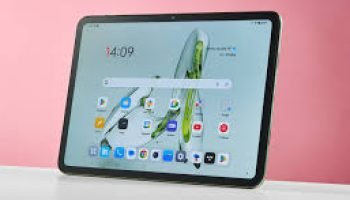As electric vehicles (EVs) surge in popularity, their role in the energy ecosystem is rapidly evolving. No longer just clean transportation alternatives, EVs are becoming powerful assets in the broader effort to decarbonize and stabilize the power grid. A key innovation driving this transformation is bidirectional charging, often referred to as Vehicle-to-Grid (V2G) technology.
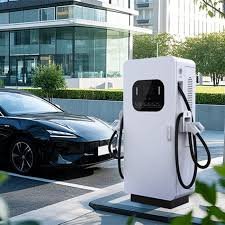
This blog explores what bidirectional charging is, how it works, its benefits, challenges, and why it’s poised to become a central pillar in the future of energy.
What is Bidirectional Charging?
Unlike traditional unidirectional chargers that only allow electricity to flow from the grid to the vehicle, bidirectional chargers enable two-way energy flow. This means that EVs can not only draw power to charge their batteries but can also send stored energy back to the grid when it’s needed.
This technology turns EVs into mobile energy storage units that can charge when demand and prices are low, and discharge back into the grid when demand peaks, enhancing energy distribution and reducing the strain on the power infrastructure.
How V2G Technology Works
Bidirectional charging is made possible through smart charging infrastructure and communication protocols between the EV, the charger, and the grid. Here’s a simplified flow:
- Charging: The EV pulls electricity from the grid to charge its battery during off-peak hours, typically when renewable sources like solar or wind are generating excess power.
- Discharging: During peak demand or when renewable generation drops, the EV sends electricity back to the grid, often during the early evening hours when consumption spikes.
- Smart Management: Grid operators or energy aggregators manage the energy flows using data analytics and algorithms, ensuring minimal disruption to the vehicle owner’s usage needs.
Benefits of Bidirectional Charging
1. Grid Stability and Resilience
V2G acts as a buffer for the power grid. By absorbing excess generation during low demand and discharging during high demand, it helps maintain a stable electricity supply, especially during extreme weather or unexpected outages.
2. Renewable Energy Integration
One of the biggest challenges with solar and wind power is intermittency. EVs equipped with bidirectional charging can store surplus renewable energy and release it later, making green power more reliable and efficient.
3. Cost Savings for EV Owners
Vehicle owners participating in V2G programs can earn incentives or lower their electricity bills by providing energy back to the grid. Some programs even offer dynamic pricing models that reward users for helping during critical demand periods.
4. Reduced Need for New Infrastructure
With more EVs on the road acting as distributed energy storage units, utilities can reduce investment in expensive grid upgrades and large-scale energy storage projects.
Challenges to Widespread Adoption
While promising, bidirectional charging still faces several hurdles:
- Technology Compatibility: Not all EVs and charging stations support bidirectional functionality. Adoption will depend on wider industry standardization.
- Battery Degradation Concerns: Frequent charging and discharging can raise concerns about battery lifespan. However, studies suggest controlled V2G usage has minimal impact on long-term battery health.
- Regulatory Barriers: Utility regulations and policies in many regions are not yet aligned with the V2G model. Frameworks need to be updated to accommodate energy contributions from consumer-owned vehicles.
The Road Ahead
As EV adoption continues to accelerate, V2G is transitioning from pilot programs to real-world deployments. Countries like Japan and the Netherlands are leading in implementing bidirectional charging infrastructure, and automakers including Nissan and Hyundai are actively incorporating the technology into new models.
Ultimately, bidirectional charging presents a win-win scenario: helping individuals lower costs while supporting the transition to a cleaner, more resilient energy system.
In the not-so-distant future, your parked EV may not just be waiting to take you somewhere — it could be helping power your home, your neighbor’s refrigerator, or even an entire neighborhood.


